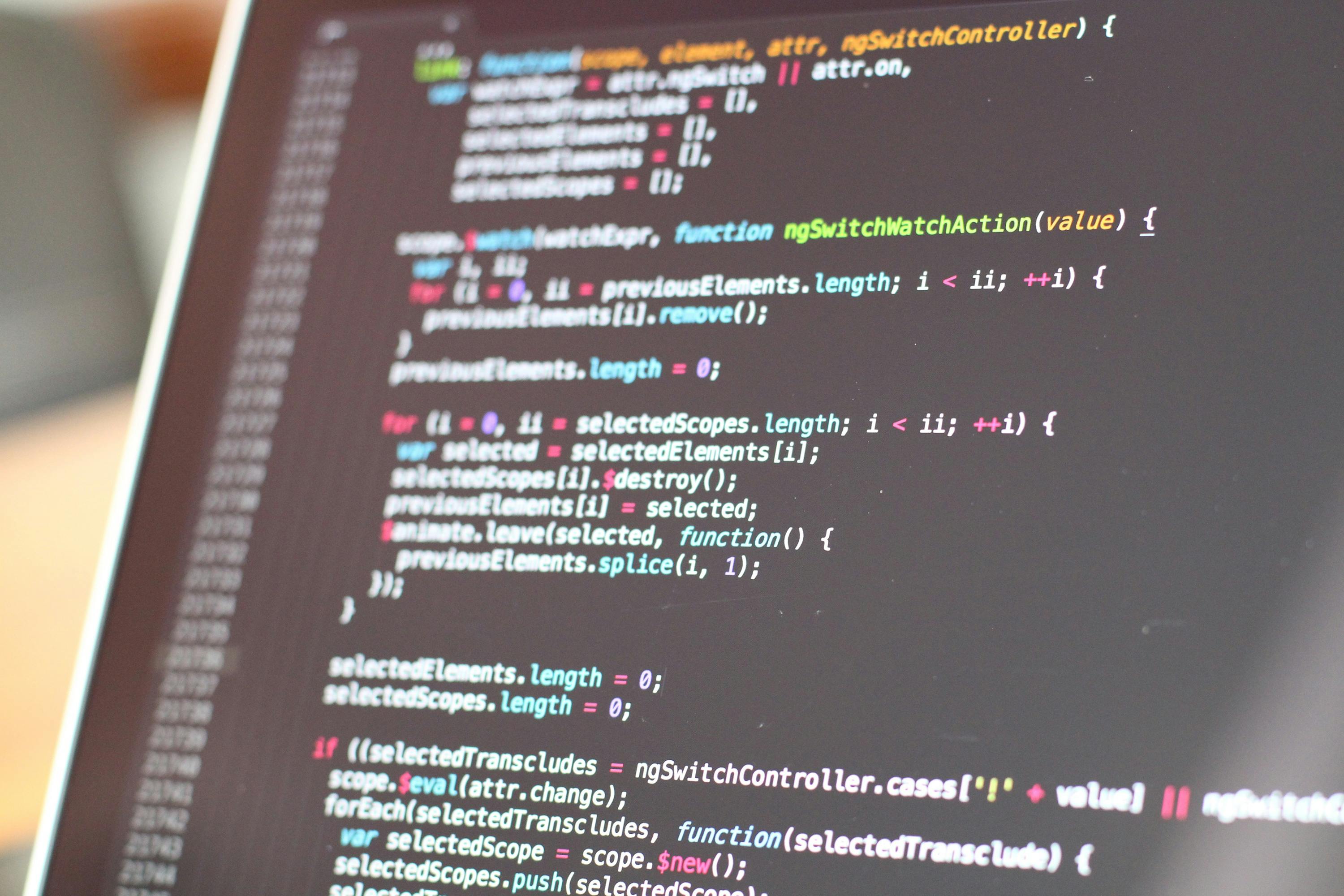
Review: 3d Toons Creative 3D Design for Cartoonists and Animators
Authors: Steve and Raf Anzovin
ISBN: 0764129511
3d Toons Creative 3D Design For Cartoonists and Animators is a powerhouse of information that focuses on artistic options to explain to its readers how 3D cartoonists achieve their goals. As mentioned on the inside flap of the book, “3D cartoons are becoming the hottest thing in Hollywood, and they’re taking over television, too.”
The book is written by authors who have a tremendous and intimate knowledge of 3D cartoons. Steve Anzovin is the CEO of Anzovin Studio, a computer generated character animation company that he co-founded with his son Raf. His goal in putting together this book was to de-emphasize teaching techniques and focus on the inner workings of the creative process.
It’s amazing how much effort and talent it takes to make an animation. Readers are told how 3D characters and settings are brought to life in computer-animated cartoons, graphic novels, and short films. Therefore, it is more than a “new look” at 3D animation, but rather a new attempt to appreciate the immense creative process that is required.
The examination of this creative process is carefully organized into seven sections, which are further subdivided. The authors examine and explore 3DToonstyle, Toon Evolution, Anatomy of a Toon, Animated Toons, Shooting Toons, Toon Media, and 3dToon Gallery.
Each section is preceded by a succinct description and thoughtful questions that invite thought and discussion. For example, when you look at the chapter on toon style, readers are asked, what makes a cartoon character? From this point of reference, the authors analyze why they look, act and sound the way they do.
The book does not necessarily have to be read in any particular order and both the newcomer to animation and the novice can easily open it at any section and get useful information.
Spectacular, easy-to-follow illustrations enhance the book’s informative and aesthetic appeal. Each image contains explanations in the sidebar about how and why they were created in a particular way. To illustrate, if you refer to the Cartoony Toons section, there is an example of three images that are cartoon faces without bodies and we are told that this is all a character needs. As he explained, these disembodied characters were designed for medical animation aimed at children of cancer patients.
The final chapter showcases the best of 3D Toon Art. It is here that we take a look at the work of some of the giants in the field such as Jimmy Maidens, Robert J. Tiess, Yves Dalbiez, Sebastian Schoellhammer, Avalanche Software (Video Game Animation), Victor Navone, David Maas and Tatjana. Herrmann-Maas, Shaun Freeman, Michael Sormann, Reel FX Creative Studios, and Patrick Beaulieu.
In addition to explaining at appropriate points within the key concepts of the various sections, the authors provide a glossary of quick definitions of 3D Toon terms used in the book, as well as suggestions for further reading. There is also a very useful index.
Novice 3D animators, students, dreamers, and those who want to learn more about this fascinating subject will have a lot of fun with this accessible book. It will certainly become part of the required reading for many animation courses as it will prove to be a great asset.